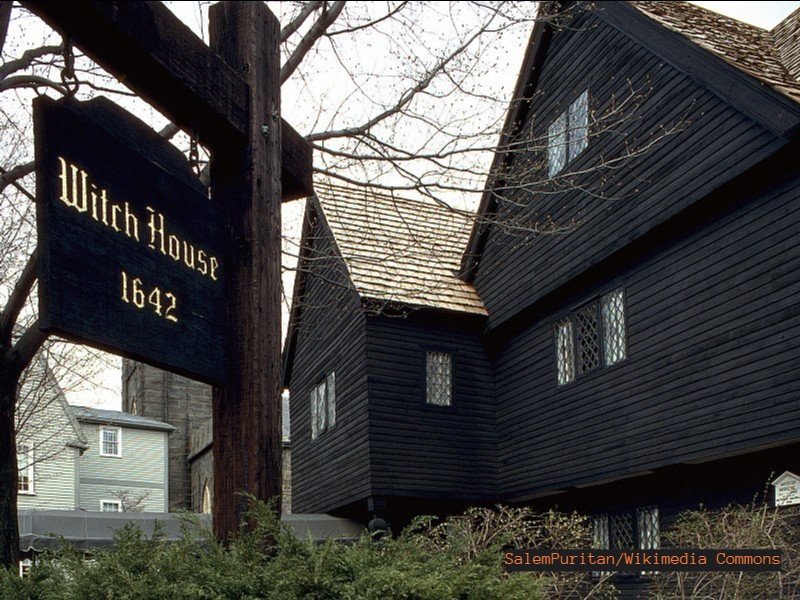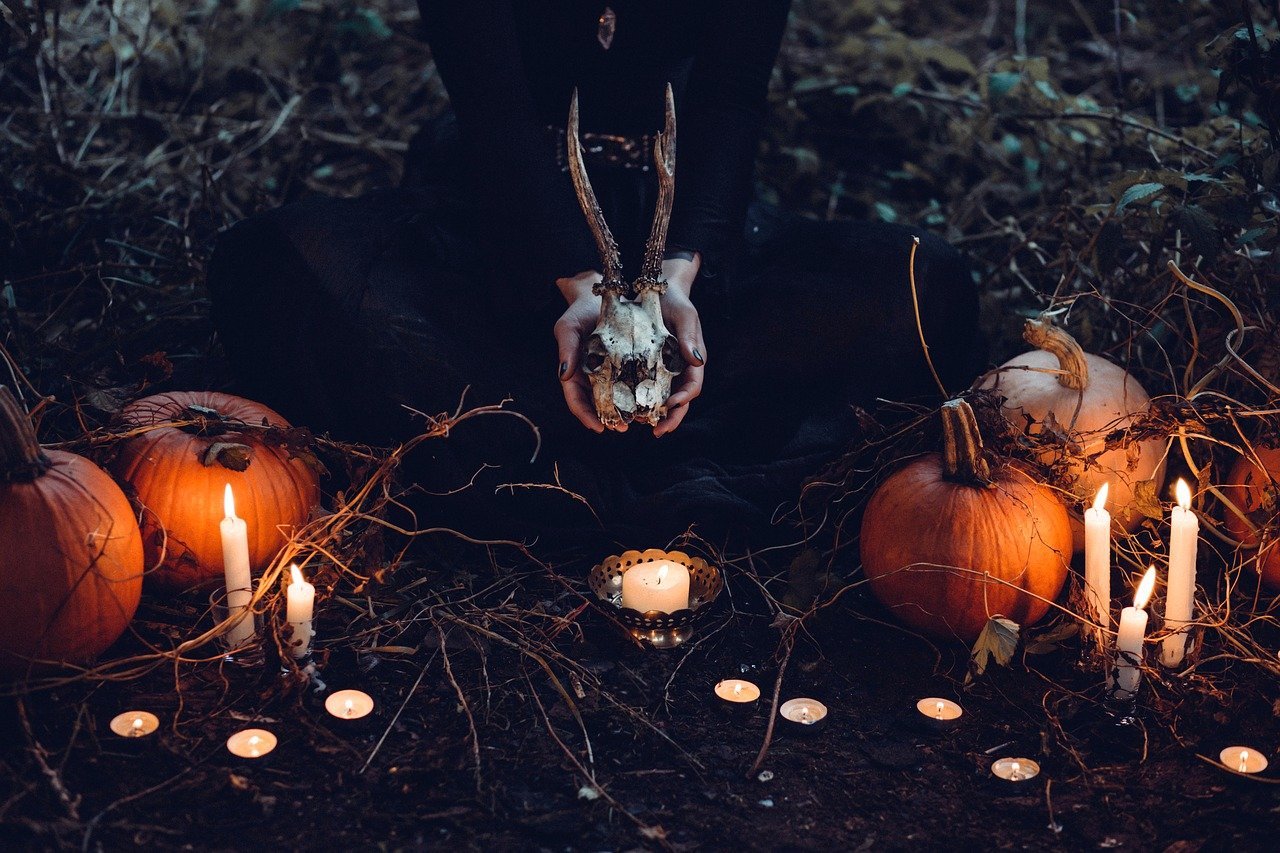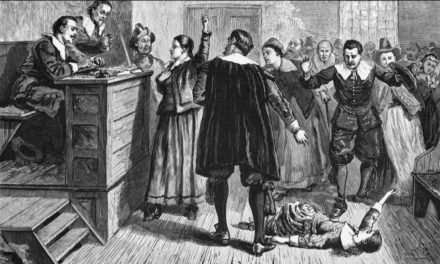Salem, Massachusetts is most commonly known for the witch trials that took place in 1692. The events that transpired in Salem have been immortalized in books, television shows, and movies, but what many people don’t know is that the house where it all began still stands today. The Jonathan Corwin House, also known as the Salem witch house, is the only remaining structure in town with direct ties to the witch trials.
The Salem witch trials
The Salem witch trials are one of the most infamous events in American history. In the small town of Salem, Massachusetts, several people were executed after being accused of witchcraft. The hysteria that led to these witch trials was fueled by fear and superstition, and many innocent people were wrongfully convicted.
The Salem witch trials of 1692 started with the death of two young girls, Betty Parris and Abigail Williams. The girls were found in a trance-like state, and it was believed that they had been bewitched.
Salem becomes witch city
This sparked a wave of hysteria in Salem, and soon more people were being accused of witchcraft. Many of these witch hunts were based on gossip and hearsay, and the trials were plagued by false testimony. In the end, 19 people were convicted of witchcraft and hanged, while another was crushed to death with stones.
The events of 1692 were a dark chapter in America’s history, and they serve as a reminder of the power of fear and superstition.

Who was Judge Jonathan Corwin?
Judge Jonathan Corwin was born in Salem, Massachusetts in 1640. He was one of several judges during the Salem witch trials. Little is known about his personal life, but it is believed that he was deeply religious and motivated by a desire to protect his community from evil.
Jonathan Corwin met Elizabeth Sheafe Gibbs, a wealthy widow from a renowned family of judges and merchants, in 1674. Corwin married Gibbs two years later, and the pair had eight children together.
An infamous judge
Also in 1674, Jonathan Corwin, who was one of the most prominent citizens in Salem Village at the time, purchased a stately house from Captain Richard Davenport. Corwin served on the court that presided over the witch trials, and he was likely one of the main instigators of the hysteria. Additionally, it is believed that the future witch house was used as a prison for some of the accused witches.
Judge Corwin died in 1718, at the age of 77. He was laid to rest in the Corwin family crypt at the Salem Broad Street Cemetery.
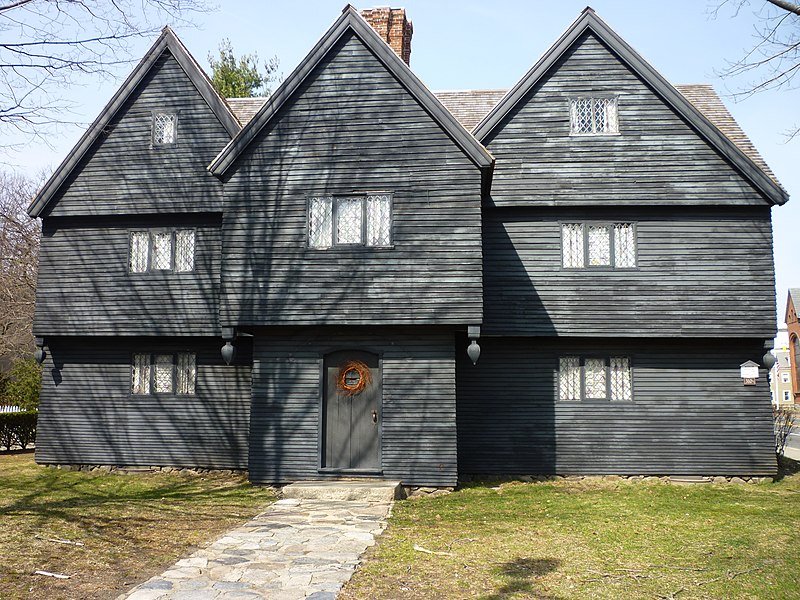
Witch house location
The witch house was scheduled to be razed in 1944 as part of an extension of the street. Locals, however, rallied and raised the $42,000 necessary to relocate the house farther back from the road.
In the years since the witch trials, the witch house has been owned by several different families, but it is currently operated as a museum by the city of Salem. The house is at 310 1/2 Essex Street and is open to the public for tours.
Inside the Salem witch house
The inside of the witch house is as bizarre as the outside. There are several relics from the 17th century that may be seen. The kitchen has many papers from the actual Salem Witch Trials, among other things.
A shoe was once placed within a home’s walls to keep witches and warlocks at bay. And wouldn’t you know it, they have an old black shoe from the previous owner doing the same thing.
The most terrifying item on display is a real witchcraft doll. Witches would allegedly put hexes on the dolls, often referred to as “poppets,” to inflict damage on their victims. The doll was originally discovered in a different home, which was said to be the one in which Bridget Bishop resided — the first woman to be hanged during the Salem Witch Trials.
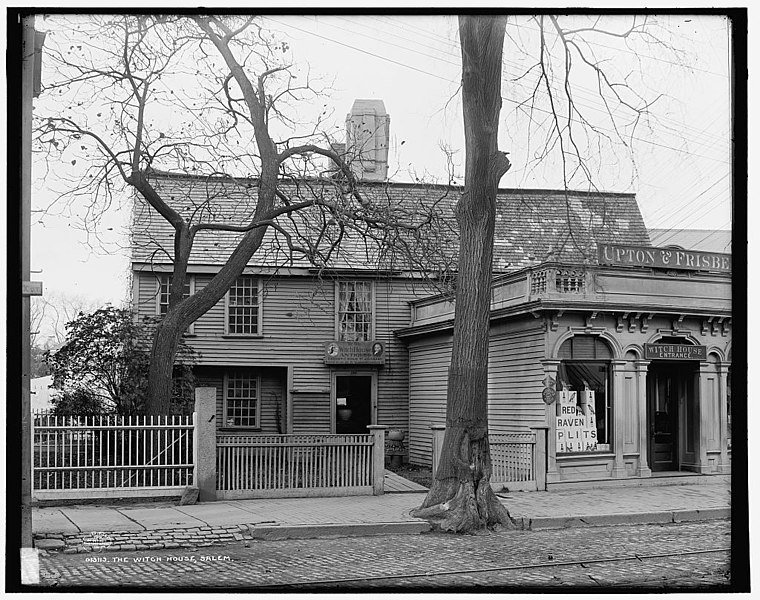
Salem witch house paranormal activity
The witch house is said to be one of the most haunted places in historic Salem. There are many legends and stories associated with the witch house, and it is said to be the site of paranormal activity. The witch house is said to be cursed, and many people believe that the spirits of the witches who were killed during the trials still haunt the house.
Visitors to the Jonathan Corwin house sometimes see strange lights, hear strange noises, and feel a sense of foreboding when they enter. Despite the fact that the witch house does not have an air conditioner or heater, visitors report feeling chilly drafts blowing through it. Strange shadows also move about inside the home according to some.
Despite its dark history, the Jonathan Corwin House is an excellent example of early American architecture, and it is definitely worth a visit if you are ever in Salem. Who knows, you might even catch a glimpse of one of the resident ghosts at the witch house!

